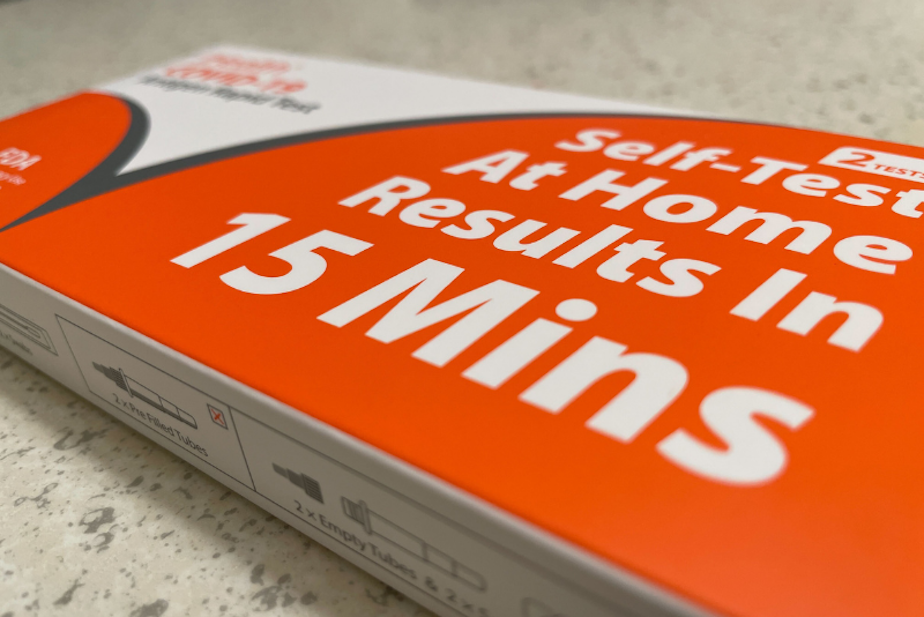Omicron subvariant spreading further in Washington state

The highly-contagious omicron subvariant, known as BA.2, is now the dominant Covid-19 variant in Washington state, according to state secretary of health Dr. Umair Shah.
However, Shah said during a media briefing Wednesday that, at this point, the state is not seeing case and hospitalization trends rising.
BA.2 has helped fuel considerable case surges in China and Europe, however.
Dr. Shah said that current trends show continued declines. Case and hospitalization numbers are at roughly the same levels they were in the summer of 2021. But he stressed that the pandemic isn’t over.
"Think about this as another phase of the pandemic,” Shah said.
“Things are absolutely better, we want to continue to see that, but don't let off the guard completely and say, ‘we're done, we're out of this, we're moving forward,’ because that's when people may get into trouble."
Not all communities across Washington are following the statewide trends.
Sponsored
King County has seen a 42% rise in cases in the past week compared to the previous seven days, according to the county's dashboard.
“Although the recent week-to-week percentage changes may appear large, we are starting from a relatively low baseline of cases and hospitalizations and the absolute numbers remain relatively low,” Dr. Jeff Duchin, health officer with Public Health – Seattle & King County, said in a statement.
During the winter surge, King County was seeing a seven day average of more than 6,600 new cases per day. The current seven day average is 250 new cases per day.
Hospitalizations also remain low with roughly three new hospitalizations per day, and Covid-19 deaths continue to decline in King County.
Duchin’s statement said multiple factors could be driving the increase in numbers, including increasing numbers of the BA.2 variant, relaxation of precautions, and changes in behavior.
Sponsored
Based on these factors, among others, and what he’s seen elsewhere, Duchin said his best guess is that there will be a rise in cases in the county for several weeks as the subvariant spreads.
“But I do not expect the extent of the rise or the number of associated hospitalizations and deaths to be as severe as our recent wintertime Omicron surge,” Duchin said.
Pavitra Roychoudhury is the acting instructor for UW’s department of laboratory medicine and pathology. She said that the UW virology lab is not seeing a surge in testing or cases at this time.
“We are bracing for a rise in cases, but so far not seeing a dramatic surge just yet,” Roychoudhury said.
Health officials say it's important for people to stay up to date with their vaccines and booster shots, especially those who are more vulnerable due to age or underlying medical conditions.
Sponsored
A second booster dose has been approved for certain groups. Those who are 50 and over can receive a second booster four months after their first booster dose. People 12 and older who are moderately or severely immunocompromised are also eligible, as are those 18 and older who received a primary and booster dose of the J&J vaccine.
In addition to vaccines, increasing indoor air quality, and masking in high risk settings can also help increase protection. Officials said they’ll be watching trends closely in the coming weeks.




